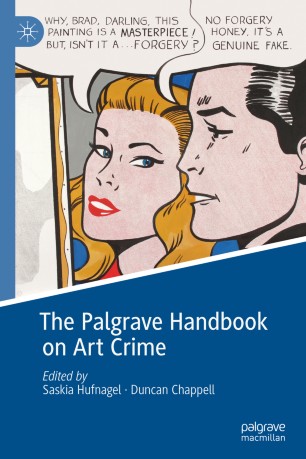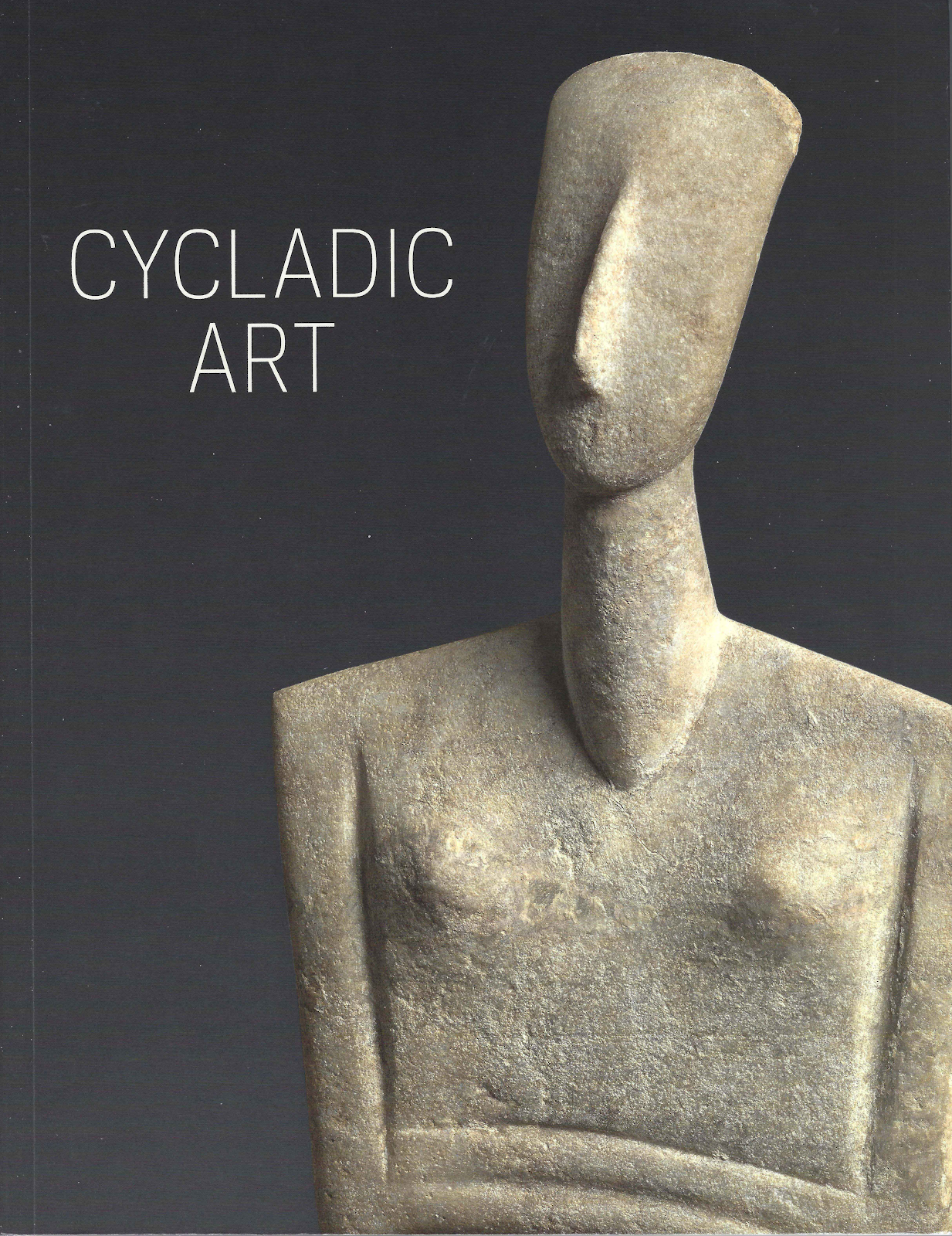
‘The return of looted objects to their countries of origin: the case for change’, in S. Hufnagel and D. Chappell (eds.), The Palgrave handbook on art crime (London: Palgrave Macmillan, 2019), 797–813.
Abstract
The journalistic investigation into the activities of a major London auction house in the 1990s led directly to the seizure of an important cache of documentation and images at the Geneva Freeport. As a result over 350 items have been returned to Italy from dealers, galleries and auction houses, North American public museums and private collectors. The 1970 UNESCO Convention on the Means of Prohibiting and Preventing the Illicit Import, Export and Transfer of Ownership of Cultural Property has provided a benchmark for claims on the return of cultural property. There is a need to enhance the due diligence process undertaken by the market. Although some North American museums have changed their acquisition policies, some curatorial staff display open hostility towards enhanced ethical responsibilities and an unwillingness to comply with further investigations. [online]




